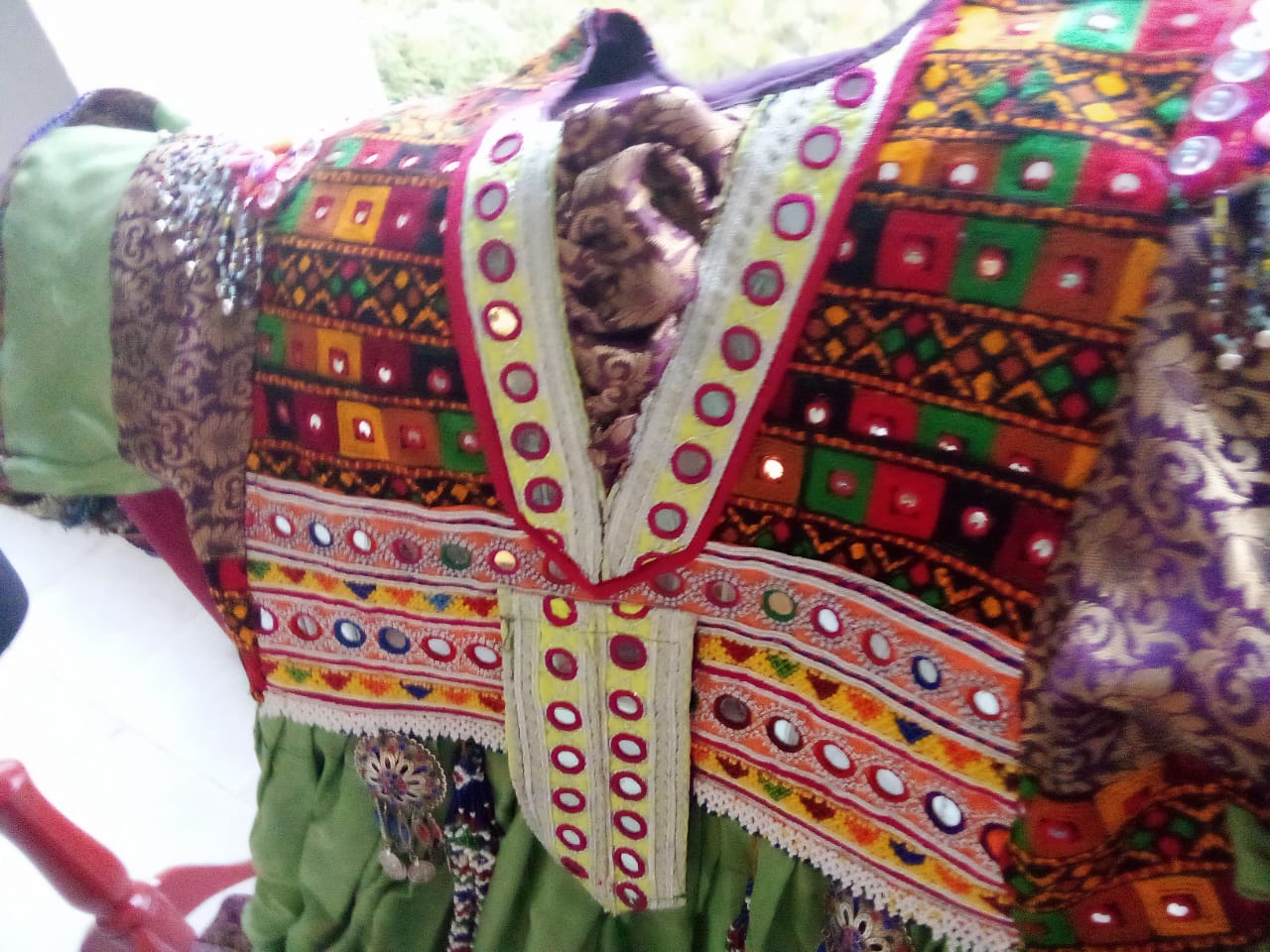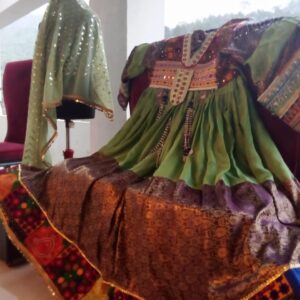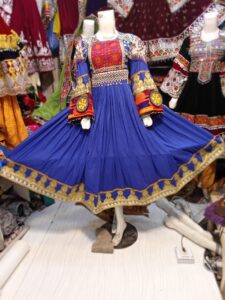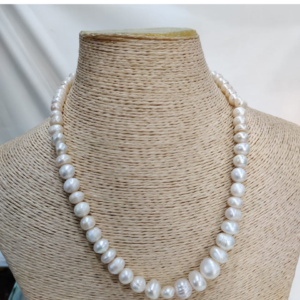
🟣 The history of Afghani frocks is not merely a record of fashion—it is a living archive of Afghan identity, artistry, and resilience. These garments, worn by women across generations, are stitched with symbolism, emotion, and ancestral pride. From the bustling bazaars of Kabul to the serene valleys of Badakhshan, Afghani frocks have evolved as expressions of femininity, spirituality, and social belonging.
Each frock tells a story. Whether it’s the bold mirror work of Kandahar or the delicate silk embroidery of Herat, these dresses are more than attire—they are visual poems that speak of love, legacy, and land.
🟣 Origins Rooted in Tribal Tradition The history of Afghani frocks begins in the heart of tribal Afghanistan, where clothing was not just functional but deeply symbolic. Women’s frocks were designed to reflect their region, tribe, marital status, and even emotional state. In Pashtun, Tajik, Hazara, and Uzbek communities, embroidery styles varied dramatically, each carrying its own language of motifs.
Velvet, cotton, and silk were the primary fabrics, chosen not only for their texture but for their cultural meaning. Velvet symbolized nobility and was often reserved for bridal wear. Cotton represented purity and practicality, while silk was used for ceremonial garments that required elegance and grace.
Colors were never random. Red signified vitality and celebration, green represented fertility and peace, and blue was believed to offer protection from evil spirits. These hues were carefully selected to align with the occasion and the wearer’s personal story.
🟣 Embroidery as a Language of the Soul Embroidery in the history of Afghani frocks is not mere decoration—it is a sacred language in the history of Afghani frocks. Floral vines stitched across the bodice symbolize renewal and growth. Stars embroidered on sleeves represent destiny and divine guidance. Geometric borders echo tribal unity and protection.
Mirror work, or shisha, is perhaps the most iconic element. Small mirrors are sewn into the fabric to reflect light and deflect negative energy. This practice is rooted in spiritual beliefs and adds a shimmering beauty that catches both sunlight and candlelight.
“Embroidery is the handwriting of history.” “A mirror in a frock is not for vanity—it’s a guardian of light.”
These motifs are passed down through generations, with each artisan adding her own interpretation and emotion to the design.
🟣 Tale from the history of Afghani frocks: The Weaver of Kandahar: In the sun-drenched hills of Kandahar, lived a woman named Zuleikha—a master weaver known for stitching stories into silk. Her fingers moved like poetry, threading silver and gold into velvet with a rhythm that echoed ancient songs.
One day, a bride named Amina came to her with tears in her eyes. Her family had lost everything in a fire, and she had no dress for her wedding. Zuleikha took her hand and said, “Let your sorrow be silk, and your courage the thread.”
She worked through the night, stitching stars for hope, vines for rebirth, and a single mirror at the heart of the bodice. When Amina wore the frock, the village gasped. She looked like the moon rising over Kandahar—soft, radiant, and strong.
“Where hands touch cloth with love, a legend is born.” – Tale of Zuleikha
🟣 Poem: Threads of Time
From dusty looms to velvet grace,
Each stitch recalls a sacred place.
Tribes of sun and fields of snow,
Stitched their dreams in threads that glow.
Gold for joy and blue for pride,
Embroidery where souls confide.
A frock not worn—but truly lived,
A gift from elders softly sieved.
Oh let this fabric tell its tale,
Of mothers strong and daughters frail.
Where mirror glints and vines entwine,
Afghan hearts in threads divine.
🟣 Regional Styles and Their Significance The history of Afghani frocks is incomplete without understanding the regional diversity that defines them.
Kandahar: Known for bold embroidery and vibrant colors. Frocks here often feature thick threadwork and extensive mirror embellishments, symbolizing strength and tribal pride.
Herat: Frocks from Herat are elegant and refined, often made from silk with delicate floral motifs. These dresses reflect the city’s artistic heritage and Persian influence.
Badakhshan: In the northern highlands, frocks are adorned with beadwork and metallic threads. These garments are worn during Nowruz and other cultural festivals, celebrating renewal and prosperity.
Nuristan: Frocks here are practical yet beautiful, made from wool and cotton with earthy tones and geometric patterns. They reflect the rugged terrain and resilient spirit of the people.
🟣 Afghani Frocks in Ceremonial Life Afghani frocks play a central role in life’s most important moments. During weddings, brides wear velvet gowns embroidered with symbols of fertility, protection, and prosperity. These frocks are often passed down as heirlooms, carrying the blessings of generations.
During Eid and other religious festivals, women wear lighter frocks in pastel or jewel tones. These garments are festive yet modest, reflecting both joy and reverence.
Even in mourning, the frock speaks. Women wear muted colors with minimal embroidery, honoring loss while maintaining cultural dignity.
“To wear an Afghan frock is to carry a thousand ancestors in your stride.”
🟣 Modern Revival and Global Recognition Today, the history of Afghani frocks continues through a modern lens. Artisans and designers are reviving traditional styles while adapting them for contemporary wear. Brands like AfghaniEmbroidery.com are leading this movement, offering frocks that blend heritage with innovation.
These garments are now showcased in fashion shows, cultural exhibitions, and online platforms. Diaspora designers are using sustainable fabrics and ethical sourcing to bring Afghan fashion to global audiences.
Social media has played a key role in this revival. Instagram, Facebook, and YouTube are filled with images and videos of Afghani frocks worn with pride—from bridal shoots to cultural festivals.
“Beauty stitched by resilience is never forgotten.”
🟣 Educational and Cultural Preservation The history of Afghani frocks is being preserved through education and storytelling. Cultural centers, schools, and workshops are teaching embroidery to younger generations. Poetry readings, textile exhibitions, and oral histories are helping keep these traditions alive.
Universities and museums are documenting embroidery techniques and regional styles, ensuring that this heritage is not lost. In diaspora communities, frocks are used to teach children about their roots, fostering pride and continuity.
“To teach a child to stitch is to teach them to remember.”
🟣 Craftsmanship and Care Creating an Afghani frock is a meticulous process. Artisans select fabrics, sketch motifs, and begin embroidery with precision and passion. The process can take weeks or months, depending on the complexity of the design.
Caring for these garments is equally important. Dry cleaning, padded hangers, and breathable garment bags help preserve their beauty. Restoration services are available for vintage frocks, allowing families to maintain their heirlooms.
“A frock stitched in tradition never goes out of style.”
🟣 Final Reflection: A Legacy Worn with Pride: The history of Afghani frocks is a story of strength, elegance, and cultural pride. These garments are not just worn—they are lived. They carry the voices of women who stitched by candlelight, the dreams of brides who walked into new lives, and the resilience of a nation that finds beauty in every thread.
Whether displayed in a museum or worn at a wedding, the Afghani frock remains a radiant symbol of identity and artistry. It is a celebration of heritage, a tribute to craftsmanship, and a beacon of hope stitched into fabric.
“Not just a dress, but history worn. Of women fierce, of legends born.”
Afghan Traditional Clothing: A Tapestry of Culture and History
Explore our articles:



